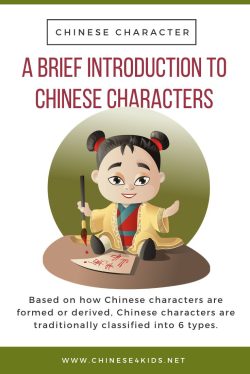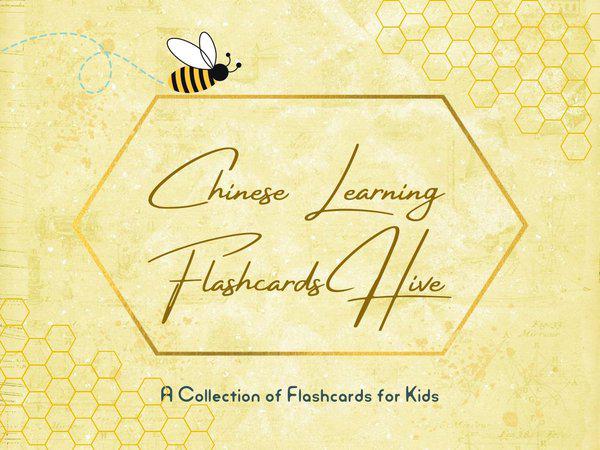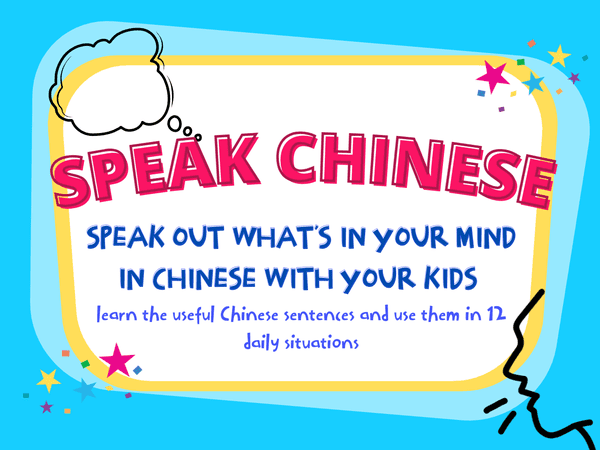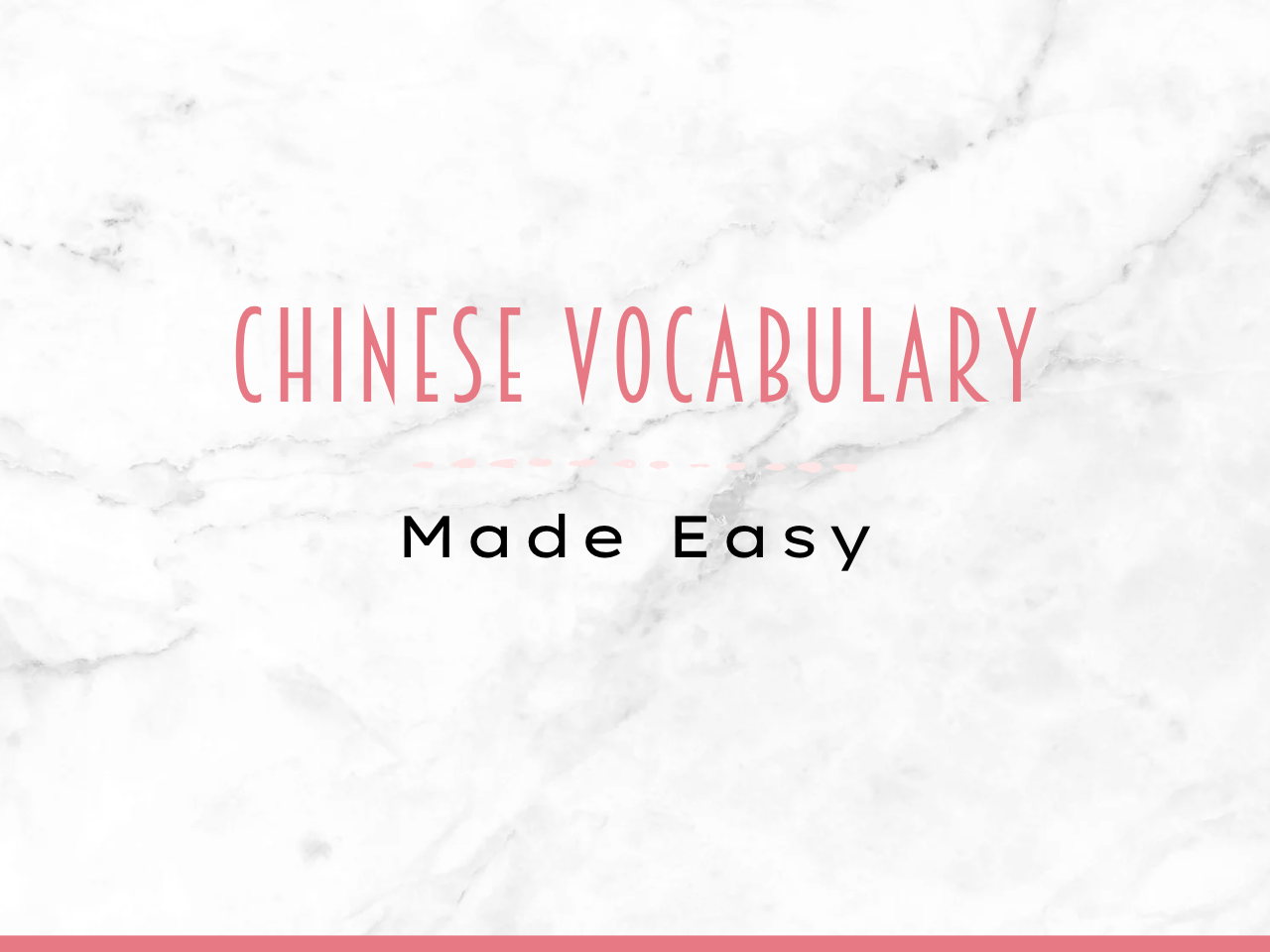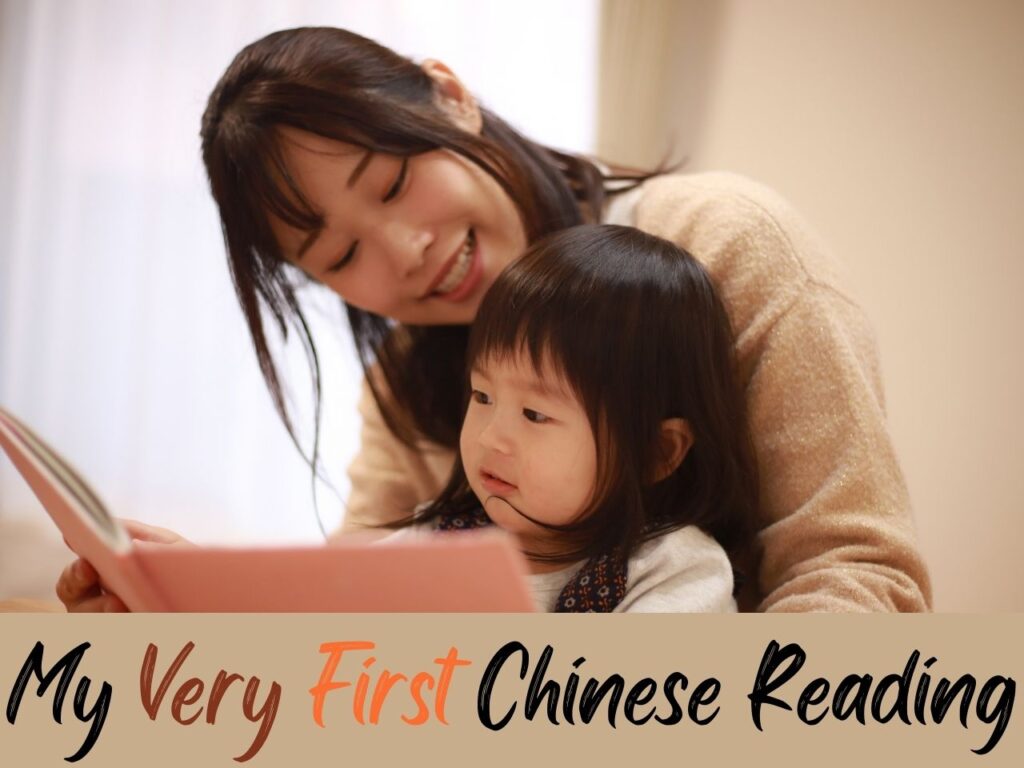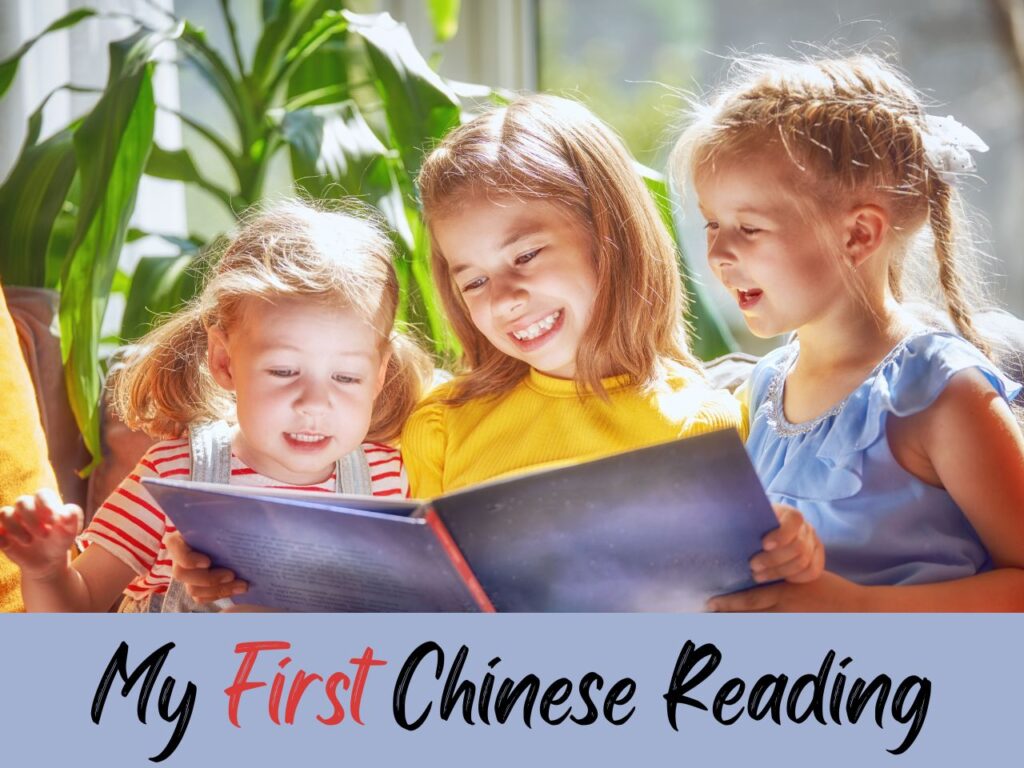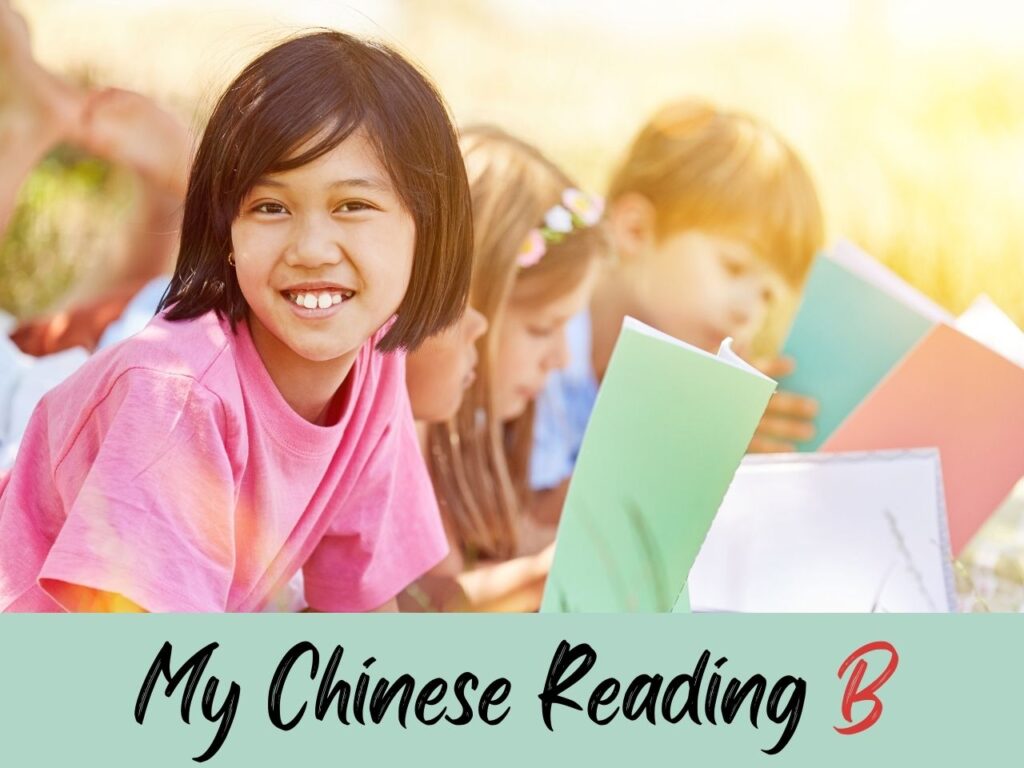
A Brief Introduction to Chinese Characters

For languages, the history of writing systems progress from pictorial representations, to logograms and eventually to the alphabets. Chinese characters (汉字Hànzì)are all logograms.
Based on how they are formed or derived, Chinese characters are traditionally classified into 6 types. In detail, they are pictographs, simple ideographs, compound ideographs, phono-semantic compounds, rebus characters and derivative cognates.
Let’s go through them one by one briefly.
1. Pictographs (象形Xiàngxíng “form imitation”)
That is, pictorial representations of the objects. Around 600 Chinese characters are pictograms. The earliest pictographic form can date back to oracle bones in the 12th century BC. The writing of these characters reveal their meaning since they are the basically the drawing of the images. Over the time, many pictograms lost their pictographic flavors. The table below shows the evolvement of some Chinese pictographic characters.
As you can see from the examples above, it makes sense to trace back the origin in order to understand the meaning of the modern form of the characters.
2. Simple Ideographs (指事 Zhǐ shì “indication”)
That is, visualization of abstract concepts through an iconic form. For example,
For example, for 三 (three), three lines show the meaning – how direct and simple it is!
3.Compound Ideographs (会意Huìyì “joined meaning”)
They are compounds of 2 or more pictographic or ideographic characters to suggest the meaning of the word. For example, 信 “truthful”, formed from 人 “person” (later reduced to 亻) and 言 “speech”. Another example can be 休 (rest). The two parts of the character are 人“person” (亻) and 木”wood”. A person leans against wood. What does it mean? Rest. It makes total sense, right?
4. Phono-Semantic Compounds(形声Xíngshēng,“form and sound”)
They are often called Radical-Phonetic characters. Over 90% of the Chinese characters are formed by combing two components.:
- A phonetic component (rebus), a character with approximately the pronunciation;
- A semantic component (determinative), a character or radical which supplies an element of meaning.
For example, 菜 cài in Chinese means “vegetable”. The determinative 艹 means plants and 采 cǎi means “harvest”. Put together, 菜 cài means vegetable.
5. Rebus (phonetic loan) Characters (假借 jiǎjiè, “borrowing; making use of”)
When a character “borrowed” from another character and the new character has the same prononciation but differs in meaning, this character is a rebus character. For example,
6. Derivative cognates (转注 zhuǎn zhù, “reciprocal meaning”)
This category is the smallest and also the least understood. It is often omitted from modern Chinese language systems, so I don’ t think you need to spend time on it at all.
Below is a short video showing how some Chinese pictographic characters evolve over the time. The characters mentioned are 日(Rì),鸟(Niǎo),林(Lín),水(Shuǐ),鱼(Yú),马(Mǎ),火(Huǒ) and 人(Rén). Can you recognize them and understand their meanings?
*the examples are taken from wikipedia.
If you like this article, Pin It!

You May Also Be Interested:
- Chinese4kids Membership – a portal for busy Chinese teachers and parents
- Chinese learning flashcards Hive – a flashcards library that with regular additions of new quality Chinese learning flashcards
- Chinese learning worksheets collection – Also a part of Chinese4kids membership, this collection is for teachers and parents who want to have access to engaging worksheets and activity sheets created for kids learning Mandarin Chinese as an additional language
- Speak Chinese with Kids Course
You May Also Be Interested:
- Chinese4kids Membership – a portal for busy Chinese teachers and parents
- Chinese learning flashcards Hive – a flashcards library that with regular additions of new quality Chinese learning flashcards
- Chinese learning worksheets collection – Also a part of Chinese4kids membership, this collection is for teachers and parents who want to have access to engaging worksheets and activity sheets created for kids learning Mandarin Chinese as an additional language
- Speak Chinese with Kids Course
- Chinese Vocabulary Made Easy Course
Recent Posts
Join Our Membership
Enroll to A Course
Buy An eBOOK
Our Posts
